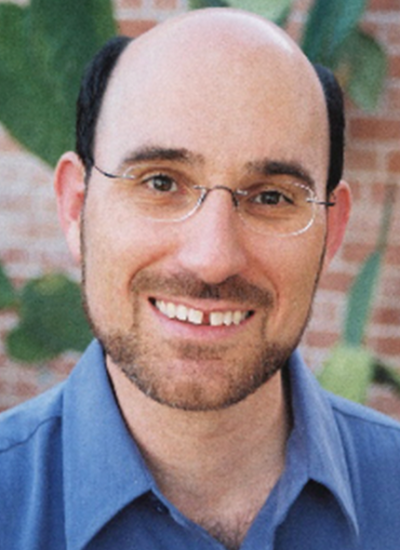Computer Science
Associate Professor, Computer Science
Associate Professor, Cognitive Science - GIDP
Member of the Graduate Faculty
Associate Professor, BIO5 Institute
Primary Department
Department Affiliations
Contact
(520) 626-2706
Todd A Proebsting
Professor, Computer Science
Member of the Graduate Faculty
Professor, BIO5 Institute
Primary Department
Department Affiliations
Contact
(520) 621-4324
Research Interest
John D Kececioglu
Professor, Computer Science
Associate Professor, Applied Mathematics - GIDP
Associate Professor, Genetics - GIDP
Associate Professor, BIO5 Institute
Primary Department
Department Affiliations
Contact
(520) 621-4526
Work Summary
John Kececioglu's research is in applied algorithms, with an emphasis on bioinformatics and computational biology, including: multiple sequence alignment, inverse parametric alignment, sequence assembly, and genome rearrangement. Software developed by his group includes Opal, a tool for multiple sequence alignment, Facet, a tool for alignment accuracy estimation, InverseOpt, a library for inverse parametric optimization, Ipa, a tool for inverse sequence alignment, and AlignAlign, a tool for optimally aligning alignments.
Research Interest
Jacobus J Barnard
Professor, Computer Science
Associate Director, Faculty Affairs-SISTA
Professor, Electrical and Computer Engineering
Professor, Cognitive Science - GIDP
Professor, Genetics - GIDP
Professor, Statistics-GIDP
Professor, BIO5 Institute
Member of the General Faculty
Member of the Graduate Faculty
Primary Department
Department Affiliations
Contact
(520) 621-4632





